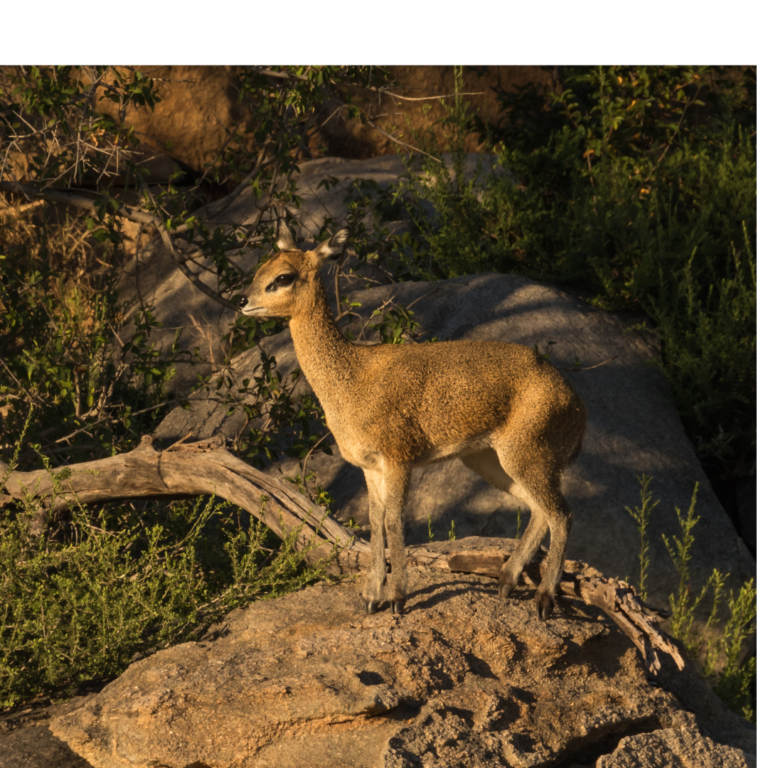Quickly recaptiualize real-time interfaces and timely models. Proactively exploit viral meta-services for interdependent customer service. Dynamically actualize bleeding-edge internally
Quickly recaptiualize real-time interfaces and timely models. Proactively exploit viral meta-services for interdependent customer service. Dynamically actualize bleeding-edge internally
Species Overview
Kingdom: Animalia
Phylum: Chordata
Class: Mammalia
Order: Artiodactyla
Family: Bovidae
Genus: Oreotragus
Species: Oreotragus oreotragus
Life Span: 10–15 years (in the wild)
Weight: 10–15 kg (22–33 lbs)
Height: 50–60 cm (20–24 inches) at the shoulder
Animal Behavior and Habits
Activity: Diurnal – most active during the cooler hours of the morning and late afternoon.
Feeding Habits: Herbivores – feed on grasses, leaves, shrubs, and fruits.
Social Structure: Solitary or in small family groups of 2–5 individuals. Males are territorial.
Hunting Approach: Stealthy approach; look for them on rocky outcrops or cliffs, as they are well camouflaged.
Habitat and Environment
Preferred Habitat: Rocky hills, cliffs, and mountainous areas with sparse vegetation.
Water Sources: Can be found near water but can go without drinking for several days due to their diet of moisture-rich vegetation.
Best Hunting Locations: Steep, rocky outcrops or rocky hilltops where they can easily hide and evade predators.
Tracks and Trails: Small, cloven-hoofed tracks, often found on rocky terrain.
Signs: Look for signs of grazing on rocks or signs of their small hooves on rocky paths.
Hunting Time
Ideal Hunting Times: Early morning and late afternoon, as they rest during the heat of midday.
Breeding Season: Mating season typically occurs year-round, but more frequent during the rainy season (November–March).
Trophy Quality: Not typically hunted for trophies, but prized for the challenge of hunting in rugged terrain.
Use of Scent Lures: Rarely used for hunting, as their small size and agility make them difficult to catch.



